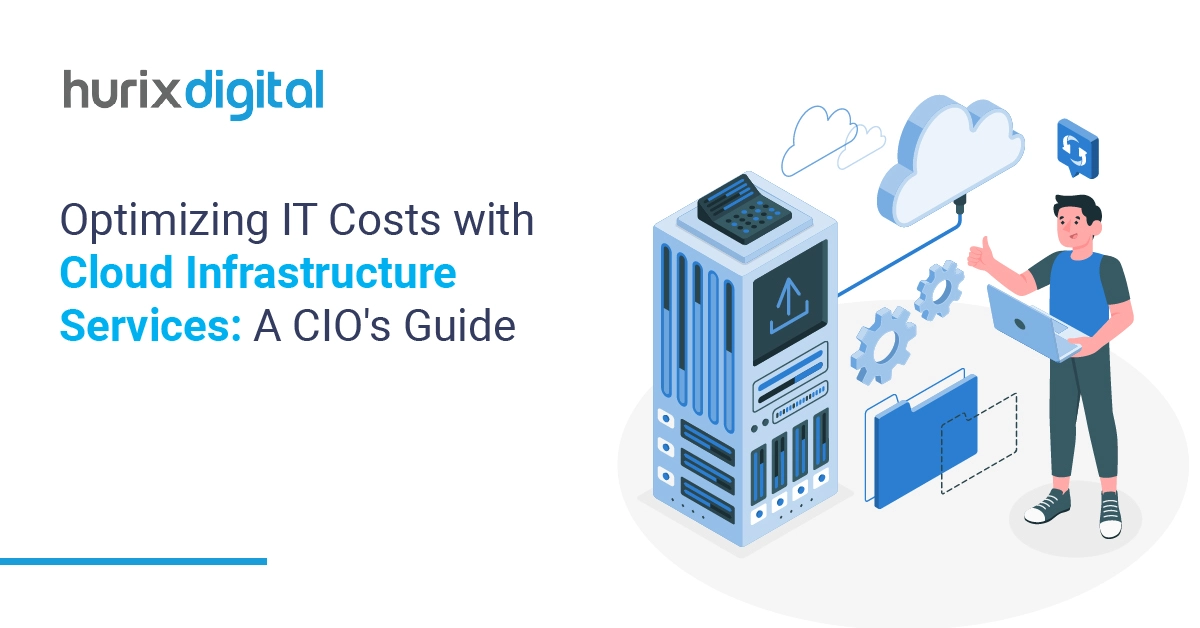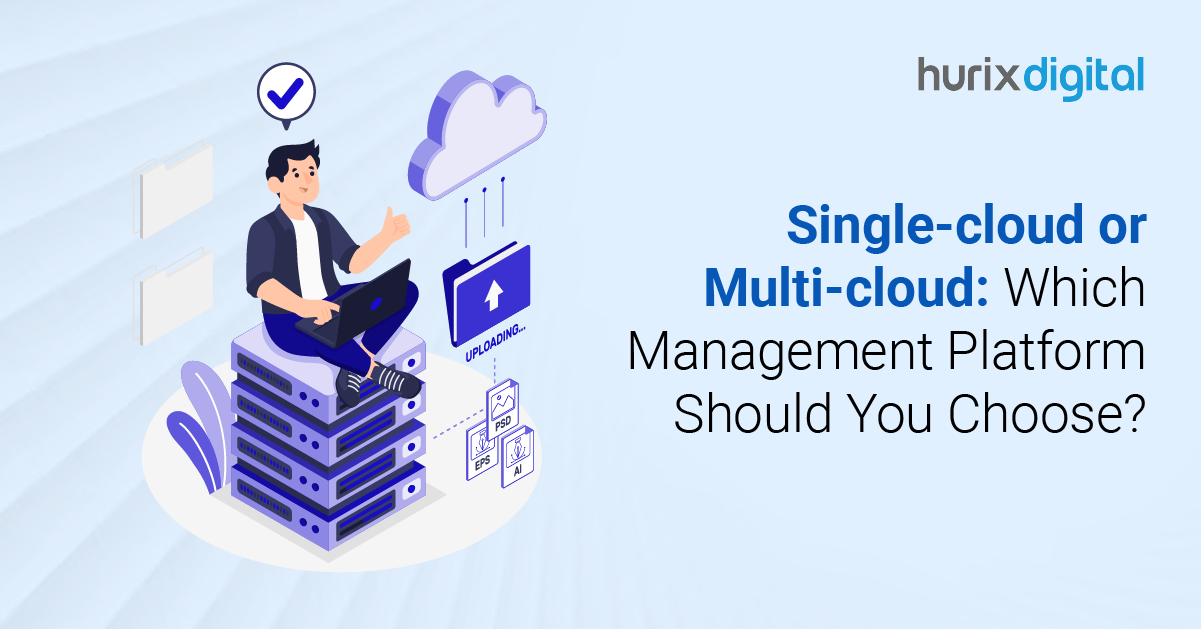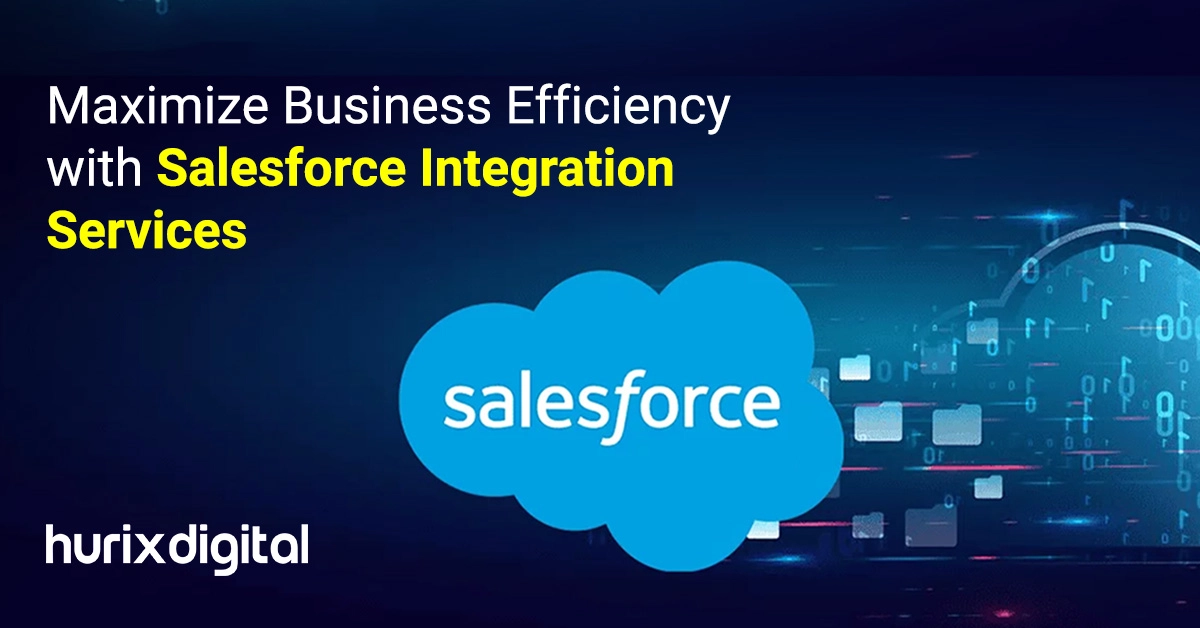
Optimizing IT Costs with Cloud Infrastructure Services: A CIO’s Guide
Summary
Explore cloud infrastructure’s role in IT cost optimization, offering strategies for CIOs to enhance scalability, reduce expenses, and optimize ROI through the cloud.
Cloud infrastructure services, among other things, have been a key driver of IT cost optimization in the quest for financial efficiency. These services provide a number of essential benefits, including enhanced scalability, improved operational efficiencies, and significant cost reductions.
According to Wipro, leveraging cloud technology can achieve up to a 35% reduction in IT costs. This is mainly due to its flexibility under the ‘pay as you go’ service model, thus reducing initial capital outlay and keeping maintenance expenses at a minimum over time.
That is strategic resource re-channeling by the CIO from maintaining the traditional infrastructure toward innovation and business growth.
This blog will delve deeper into how cloud infrastructure services reduce expenses and also support operational agility and resource management, fostering a more efficient IT landscape.
Table of Contents:
- Understanding Cloud Infrastructure Services
- Key Strategies for IT Cost Optimization through Cloud Services
- Benefits of Cloud Computing in Reducing Capital Expenditures
- Best Practices in Cloud Infrastructure for Maximum ROI
- To Wrap Up
Understanding Cloud Infrastructure Services
By cloud infrastructure services, we mean hardware and software components supplied over the internet as part of high-level solutions. These services provide necessary computing power, storage, and networking without requiring on-premise hardware. Such characteristics vastly differ from conventional IT infrastructures.
Traditional IT forces an organization to incur a huge capital outlay for physical hardware and the on-site data center. This model often results in wasteful resource underutilization and inflexible operational capabilities.
Cloud infrastructure comes with a straightforward pay-as-you-use approach that ensures that organizations pay for their consumption only. This, coupled with easy upscaling or downscaling based on demand, makes a solid point toward the approach to being cost-efficient.
Key Strategies for IT Cost Optimization through Cloud Services
Cloud infrastructure services offer several strategic advantages that CIOs can leverage in their quest to optimize IT costs. These strategies reduce expenses and enhance the operational effectiveness of IT systems.
1. Centralizing IT Operations
Cloud services centralize IT operations, helping reduce management and costs for running several data centers.
According to McKinsey, centralization can drive a reduction of up to 30% in IT costs, as it enhances efficiency and cuts down on redundant resources.
With applications and data files being consolidated in this cloud environment, organizations are now ready to achieve more with much less, as this approach reduces the need for physical infrastructure and staffing requirements.
2. Improving Scalability and Flexibility
Scalability and flexibility in cloud infrastructure services are very paramount to a business working in a dynamic business environment. Through the cloud, it’s straightforward for companies to scale their IT resources up and down according to demand without the inefficiencies of either overprovisioning or underutilization.
3. Enhancing Disaster Recovery and Business Continuity Plans
A business’s disaster recovery and business continuity plans ought to have strong cloud service capabilities to withstand unexpected disruptions. Most cloud platforms offer inherent redundancy and data backup services.
Such redundancy in the clouds can be way cheaper than conventional disaster recovery plans, which would require colossal capital investments. This way, organizations can ensure their operations remain uninterrupted even during unforeseen events, enhancing overall resilience and reducing the potential impact of downtime on business continuity.
Also Read: Cloud Infrastructure Services vs. Traditional IT Infrastructure
Benefits of Cloud Computing in Reducing Capital Expenditures
Cloud infrastructure services are pivotal in transforming financial strategies from capital expenditure (CapEx) to operational expenditure (OpEx) models.
This shift offers CIOs significant advantages:
1. The Transition from CapEx to OpEx Models
By adopting cloud services, businesses change their model so that they no longer have to invest in massive physical infrastructure. They just pay for IT services at the time of consumption, which evens out expenditures and balances cash flows. The model especially benefits startups and mid-size companies that may not have substantial capital expenditures.
2. Reduction in Hardware Investment and Maintenance Costs
Cloud computing dramatically reduces heavy hardware investment and the associated constant maintenance and upgrade costs. In return, this cloud infrastructure service relieves the business of a large percentage of hardware costs.
It correspondingly reduces the overall cost since it is the responsibility of cloud providers to keep the system updated and assure scalability. This shift simplifies the IT management process and also frees up capital so that businesses can invest in other critical areas to spur growth and innovation.
3. Dynamic Resource Allocation
Cloud services adjust resource distribution in real time based on demand. This flexibility prevents the wastage associated with underutilized servers and overprovisioned capacities prevalent in traditional IT setups. Dynamic allocation enables businesses to maintain optimal performance levels without excess expenditure, contributing significantly to IT cost optimization.
Best Practices in Cloud Infrastructure for Maximum ROI
Maximizing the return on investment (ROI) from cloud infrastructure involves the strategic selection of service models and ensuring robust security and compliance measures.
Here are key practices CIOs should consider:
1. Assessing Business Requirements
The first and most crucial activity when customizing cloud solutions is assessing business goals and IT requirements. This includes the size of the operation, the need for security, compliance requirements, and specific industry demands. For instance, a health provider would require a HIPAA-compliant solution, while a retail business is bound to require scalability since there are peak shopping periods.
2. Selecting the Appropriate Cloud Model
The requirements assessed will determine whether to choose the public, private, or hybrid cloud model. A public cloud is cost-efficient and has excellent scalability for a business whose demands change.
Private clouds are more secure and controllable, designed for organizations that require stringent confidentiality of their data. Hybrid models combine the best of both worlds for flexibility and tailored security.
3. Customizing Services and Solutions
When a cloud model has been decided upon, a service should be further customized for the workflow of the business operation.
This can include selection from possible SaaS applications to serve the needs of business processes, PaaS enabling the development of bespoke apps, or IaaS for complete control of the operating environment. Each service model allows different ranges of management and customization, thereby allowing the CIO to balance between power and convenience.
4. Integrating with Existing IT Infrastructure
Successful cloud strategies often require integration with previous information technology systems. Seamlessly integrating with the existing environment helps minimize disruption and maximize cloud benefits. This can be done using middleware solutions or custom APIs to ensure data flow from on-premises systems to the cloud or vice versa.
5. Ensuring Data Security and Compliance in the Cloud
Lastly, implementing stringent security protocols and compliance measures is, therefore, very important in cloud environments. This includes encryption, multi-factor authentication, and regular security audits.
Also Read: Top 5 Cloud Management Challenges and Tips to Overcome Them
To Wrap Up
Cloud infrastructure services have proven indispensable for CIOs aiming to streamline IT operations and reduce overhead.
By embracing cloud solutions, organizations can achieve substantial cost savings, enhance scalability, and ensure robust data security, all while maintaining compliance with industry standards. These services optimize expenditure and also boost operational efficiency and resource utilization.
On this note, Hurix Digital’s cloud solutions can transform your IT landscape and ensure your organization stays competitive in a rapidly evolving digital environment.
Whether you’re looking to centralize operations, improve scalability, strengthen disaster recovery capabilities, or leverage advanced technologies like AI and machine learning, Hurix Digital offers tailored cloud infrastructure services to meet your specific needs.
Contact us today for more information!

Vice President and Strategic Business Unit Head – Cloud Services
A top technology management voice on LinkedIn with 20 Years of experience in Information Technology, Cloud Services, Digital Transformation, Application Modernisation, Managed Services, IT Security Engineering and Operations Management. An avid technology Leader, Leadership Speaker, Author & Coach.







